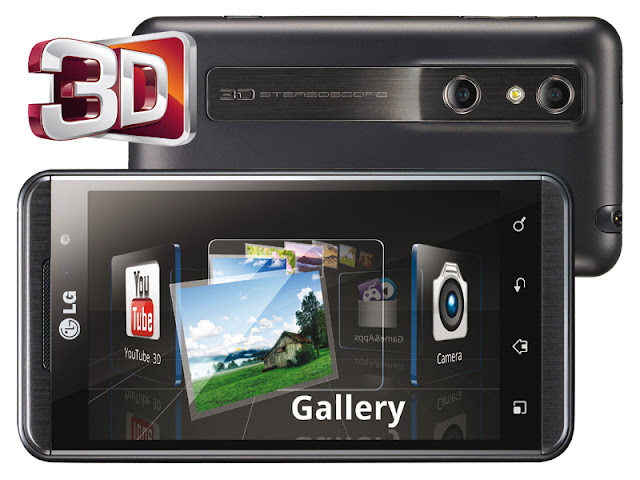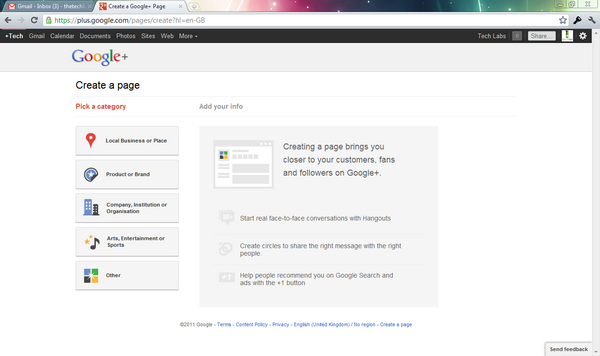Let’s take a trip back in time. The year is 1994, and two tech giants are going to war over copyright. They are Microsoft and Apple, and they are fighting over a copyright claim by Apple over Microsoft and HP’s use of graphical user interface elements from the Macintosh OS. The resulting court case, Apple Computer, Inc. v. Microsoft Corporation, ended with a ruling in Microsoft’s favor, mostly due to a contractual license agreement between the two.
The matter was never fully settled by the case though. Instead, negotiations that took place several years later resulted in the two companies agreeing to make Internet Explorer Mac’s default browser. Microsoft also agreed to keep developing Office for the Mac. Most importantly though, Microsoft invested $150 million into Apple to keep it afloat.
This series of events, which happened while Steve Jobs was being reinstated as the CEO of Apple, set the stage for what is happening today between Microsoft, Apple, and Google. While Microsoft and Apple are still bitter rivals, several recent events have inadvertently brought them closer together in order to fight their common enemy: Google.
The phrase “the enemy of my enemy is my friend” comes to mind. Let’s explore how we got to this tipping point.
Android: Google Enters Apple’s Turf
 When Google CEO Eric Schmidt joined Apple’s Board of Directors in 2006, the move made perfect sense. Here’s what Apple said about Eric in its original announcement:
When Google CEO Eric Schmidt joined Apple’s Board of Directors in 2006, the move made perfect sense. Here’s what Apple said about Eric in its original announcement:“Eric’s 20 years of experience as an Internet strategist, entrepreneur and technologist give him a well-seasoned perspective which perfectly complements Google’s needs as a young and rapidly growing company with a unique corporate culture.”
At that time, Google wasn’t in mobile, hardware, operating systems or browsers. Now Google is directly competing with Apple through the Nexus One, Google Chrome, Chrome OS, and even possibly in the tablet computer space.
It all started with Android, though. Back in August 2007, details began to leak about Google building a mobile OS or even a GPhone. It turned out to be Android, the open-source mobile OS that is now the fastest growing smartphone OS on the market.
At first, Android didn’t pose much of a threat, but as more phones utilized the software, the relationship between Google and Apple became very uncomfortable. Eric Schmidt sat out board meetings discussing the iPhone due to conflict of interest, but the relationship only eroded from there.
Watershed Moment: Eric Schmidt Resigns from Apple’s Board
 Tensions between the two companies grew worse after Apple rejected Google Voice as an app on the iPhone.
Tensions between the two companies grew worse after Apple rejected Google Voice as an app on the iPhone.
The resulting FCC inquiry, along with an FTC investigation and the announcement of Google Chrome OS were just too much. On August 3, 2009, Eric Schmidt resigned from Apple’s Board of Directors.
In retrospect, this was the moment when Apple, Google and the rest of the world realized that the two companies could no longer be allies. Google’s expanding interest outside of search was pouring over into Apple’s domain on multiple fronts. With the search giant free of its Apple association, it could go all-out on its agenda to bring more people onto the web for longer (read the Google Revenue Equation to learn why).
The culmination of the breaking of the Google-Apple alliance? It was the release of the Nexus One, a direct competitor to Apple’s lucrative iPhone.
Recent Events: Apple and Microsoft Talk Bing
 Yesterday we learned that Apple and Microsoft are in talks to make Bing the default search engine for the iPhone. While we’ve heard this rumor before, the talk seems to be heating up. Most of our readers expressed their dismay or shock over the potential deal, some questioning why Apple would ever team up with Microsoft over Google.
Yesterday we learned that Apple and Microsoft are in talks to make Bing the default search engine for the iPhone. While we’ve heard this rumor before, the talk seems to be heating up. Most of our readers expressed their dismay or shock over the potential deal, some questioning why Apple would ever team up with Microsoft over Google.
Really though, the deal makes perfect sense, given the new competitive landscape. Earlier today, Jim Goldman at CNBC provided some interesting new information on the dynamics of the Apple-Google-Microsoft relationship. According to his source, Steve Jobs hates Eric Schmidt (it wouldn’t surprise us) and Microsoft is offering a bigger cut of iPhone search revenues than Google.
While Microsoft and Apple’s relationship grew cold after the Redmond, WA, company bailed Apple Computer out, it never vanished. Moreover, Steve knows that he can work with Microsoft, especially if it helps Microsoft hurt Google.
Android has become the de facto alternative to the iPhone OS, and the Nexus One is closest thing yet to a smartphone that can stand up to the iPhone’s dominance. While Microsoft and Apple are still in competition over Mac vs. PC, Apple clearly believes that its future isn’t just in computers, but in other Internet devices such as the iPhone and the fabled Apple Tablet. Microsoft poses far less of a threat in these areas than Google does.
It’s time to call it: Google is now Apple’s greatest enemy. Soon Google will be entering its OS turf with Chrome OS. Apple increasingly sees Google as a major competitor over the next few years. While the company Steve built doesn’t particularly like Microsoft, it knows that it has to work with the lesser of two evils in order to succeed.
Say hello to the new dynamic. It’s Apple + Microsoft vs. Google. May the new battle begin.


































